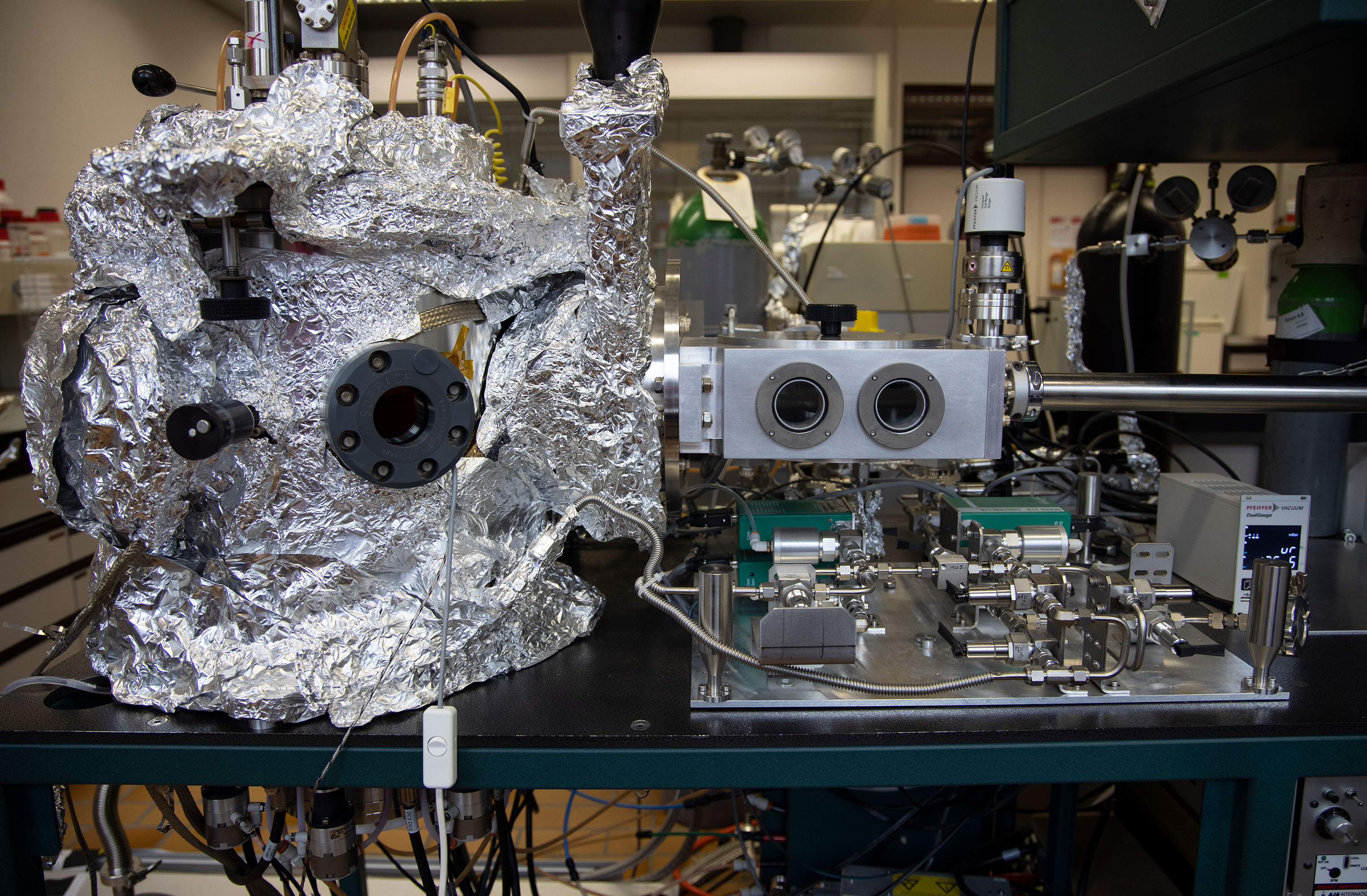Electrons in magnetic solids feel each other as an effective magnetic field that forces the electrons’ spins to align. If the arrangement of atoms is not fully symmetric, an additional magnetic force known as Dzyaloshinskii-Moriya Interaction (DMI) can emerge, forcing the spins to reorient and form whirling patterns called skyrmions. Researchers joined two different materials to enable skyrmion generation.
Tag: skyrmions
Skyrmions on the Rise – New 2D Material Advances Low-Power Computing
A team co-led by Lawrence Berkeley National Laboratory has discovered a new ultrathin material with exotic magnetic features called skyrmions. The new material could enable the next generation of tiny, fast, energy-efficient electronic devices.
Science snapshots from Berkeley Lab
New Berkeley Lab breakthroughs: engineering chemical-producing microbes; watching enzyme reactions in real time; capturing the first image of ‘electron ice’; revealing how skyrmions really move

Big step with small whirls
Skyrmions are small magnetic objects that could revolutionize the data storage industry and also enable new computer architectures. However, before they can be utilized in such applications, there are still a number of challenges that need to be overcome. A team of Empa researchers has now succeeded for the first time in producing a tunable multilayer system in which two different types of skyrmions – the future bits for “0” and “1” – can exist at room temperature, as they recently reported in the renowned journal Nature Communications.